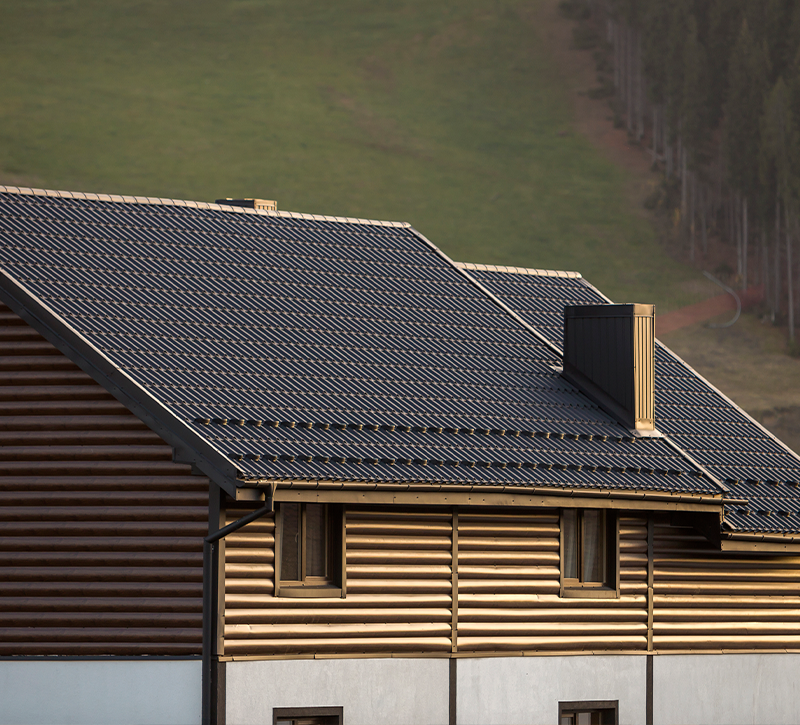
How to Install Drip Edge on a Roof: A Step-by-Step Guide

A drip edge is a vital component of any roofing system, serving as a barrier that prevents water from penetrating the edge of the roof and causing damage to the structure. Installing a drip edge is an essential part of any roofing project and with the right tools and knowledge, it can be done easily and efficiently. In this guide, we will walk you through the steps of how to install drip edge on a roof.
Step 1: Gather Materials and Tools
Before you begin, it's important to make sure you have all the necessary materials and tools. Here's a list of what you'll need:
- Drip edge (make sure you have enough to cover the entire roof)
- Roofing nails
- Hammer
- Tin snips or aviation snips
- Tape measure
- Chalk line
- Roofing cement
Step 2: Prepare the Roof
Before you can install the drip edge, you need to make sure the roof is properly prepared. Start by cleaning the roof and removing any debris or loose shingles. Then, using a chalk line, mark the edge of the roof where you will install the drip edge. This will help ensure a straight and even installation.
Step 3: Install the Drip Edge
Start at the bottom of the roof and work your way up. Begin by placing the drip edge along the edge of the roof, making sure it extends over the gutter. Use roofing nails to secure the drip edge in place, spacing the nails about 12 inches apart.
When you get to the corners of the roof, use tin snips or aviation snips to cut the drip edge to fit. Be sure to leave a small overlap at the corners to ensure proper water flow.
Step 4: Secure the Drip Edge
Once you have installed the drip edge along the entire edge of the roof, go back and make sure it is properly secured. Hammer in any loose nails and add additional nails if needed. Then, apply roofing cement along the edge of the drip edge to provide an extra layer of protection against water infiltration.
Step 5: Install the Underlayment
After the drip edge is installed, you can add the roofing underlayment. This will provide an additional layer of protection against moisture and help keep the roof deck dry. Begin at the bottom of the roof and work your way up, overlapping the underlayment by about 6 inches.
Step 6: Install the Shingles
Finally, you can install the shingles. Start at the bottom of the roof and work your way up, overlapping the shingles as you go. Be sure to follow the manufacturer's instructions for the specific type of shingles you are using.
Installing a drip edge is an important part of any roofing project. By following these steps, you can ensure a proper and efficient installation that will help protect your roof and home from water damage. If you're not comfortable installing a drip edge yourself, be sure to hire a professional roofing contractor to do the job for you.

 Rated Excellent
Rated Excellent